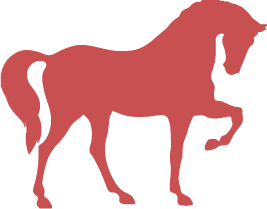EQUINE SPECIALS: SPECIAL OFFERS FROM THE XMAS CATALOGUE
Here are our leading offers for your horse from the Xmas Catalogue. Prices may vary due to freight. Broad-spectrum intestinal wormer for…
Free Delivery when you spend $49 or more. (Weight Limits Apply – view more)
 Dog
Dog

Shop Tuckers great range of dog food, health care & wellness products today. Delivered or Click & Collect.
 Cat
Cat

Tuckers has a great range of cat food, health care & litter products for your beloved cat. Shop now.
 Horse
Horse

Tuckers carry a huge range of food, supplements, health care, hoof care and grooming accessories. Shop now.
 Chook/Bird
Chook/Bird

Tuckers range of food, accessories & health care products will keep your chooks & birds happy and healthy.
 Small Animal
Small Animal

Shop food and health care products for your little mates @ Tuckers. Delivered or Click & Collect.
 Farm/Garden
Farm/Garden

Tuckers carry a wide range of sheep & cattle products, plus everything you’ll need around the farm or garden.
 Dog
Dog

Shop Tuckers great range of dog food, health care & wellness products today. Delivered or Click & Collect.
 Cat
Cat

Tuckers has a great range of cat food, health care & litter products for your beloved cat. Shop now.
 Horse
Horse

Tuckers carry a huge range of food, supplements, health care, hoof care and grooming accessories. Shop now.
 Chook/Bird
Chook/Bird

Tuckers range of food, accessories & health care products will keep your chooks & birds happy and healthy.
 Small Animal
Small Animal

Shop food and health care products for your little mates @ Tuckers. Delivered or Click & Collect.
 Farm/Garden
Farm/Garden

Tuckers carry a wide range of sheep & cattle products, plus everything you’ll need around the farm or garden.

By Kentucky Equine Research Staff
Wearable activity monitors have gained such popularity that everyone seems to count steps in an attempt to reach specific mobility goals. This enthusiasm has spilled into the equine industry. One recent study investigated the practical features of activity monitors for horses with an eye on learning more about their mobility in general.*
Monitors can be used for many purposes, including:
“Decreased activity due to osteoarthritis may also highlight the need for oral joint health supplements. Those including glucosamine, chondroitin sulfate, and hyaluronic acid may provide these horses with additional comfort and slow the progression of their disease,” suggested Nash.
In the study, activity monitors remained affixed and functional when in use. Further, the monitors were well tolerated by the study horses with no apparent change in normal behavior. Monitors appeared to be particularly well suited to limbs when attached to equine boots.
“One drawback to the studied activity monitor that the actual number of steps appeared to be overestimated in many situations. At this point in time, the monitors cannot be used simply for counting an absolute number of steps,” Nash noted.
Horse owners looking for an accurate way to measure distance traveled under saddle should look into KER ClockIt, a science-based equine fitness tracker. KER ClockIt also measures heart rate, which helps riders gauge fitness.
*Kline, K.E., and V.J. Moorman. 2020. Evaluation of a commercial activity monitor for determining step counts in horses. Journal of Equine Veterinary Science 95:103272.
Browse KER’s range of products here, then head over to your local Tuckers Member Store to enquire more about them or shop online here.
Entire range - quick and secure delivery
Buy securely online and pickup at your local store
Call your local store and come on down to pickup
© 2024 Tuckers Pet & Produce.
